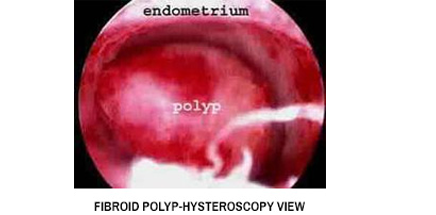

A hysteroscopy is a way for your doctor to look at the lining of your uterus. The hysteroscope has a light and camera hooked to it so your doctor can see the lining (endometrium) on a video screen. Hysteroscopy is done to see if a problem in your uterus is preventing you from becoming pregnant (infertility). A hysteroscopy can be used to remove growths in the uterus, such as fibroids or polyps.Traditionally, hysteroscopy has been utilized for diagnostic and operative intervention for endometrial polyps, submucous and pedunculatedmyomas, intrauterine adhesions, and uterine septa. It is also useful for the diagnosis of congenital anomalies and evaluating endocervical anatomy.Another surgery, called a laparoscopy, may also be done at the same time as a hysteroscopy if infertility is a problem.
It is best to have a hysteroscopy done when you are not having your menstrual period. If there is a chance that you could become pregnant, the hysteroscopy should be done before you are ovulating so your doctor is sure you are not pregnant. ;